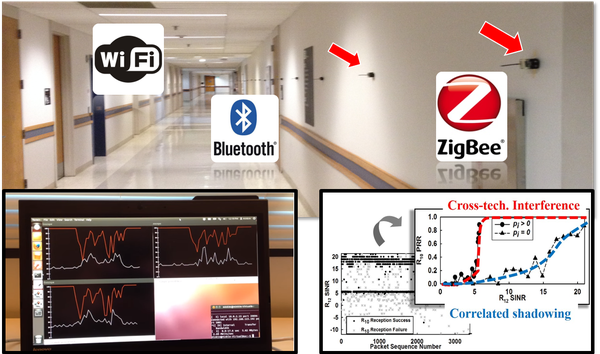
Professor Song Min Kim investigates on the interplay between wireless technologies, to effectively support massive-scale networks in the Internet of Things.
The convenience of wireless devices led to dense deployment of such equipment around us, and even across our bodies (e.g., Apple Watch and Google Glass). However, their explosive growth has intensified the interference between them, which significantly degrades performance of each and every wireless technology. The significance of the issue was reported in news articles on wireless interference, which has explosively increased by 57 times in the last decade, with 12,900 articles just in 2015.
The goal of the project is harmonizing heterogeneous wireless technologies so as to enhance the network performance under the tight spectrum budget. Until now interference-adaptive and interference-avoiding techniques had been presented. Specifically, the former explores temporal and spatial dynamics of interference to report significant improvement in the network speed, as verified under indoor and outdoor testbeds. Conversely, the latter avoids interference by letting heterogeneities to explicitly negotiate channel usage. This is done by breaking the barrier between wireless technologies and enabling direct communication. This new connectivity between heterogeneous devices not only resolves the interference problem, but also empowers interoperability to bring considerable benefits including power savings for mobile devices and enriched applications through inter-technology information sharing.
For more information, please visit Prof. Song Min Kim’s website.
